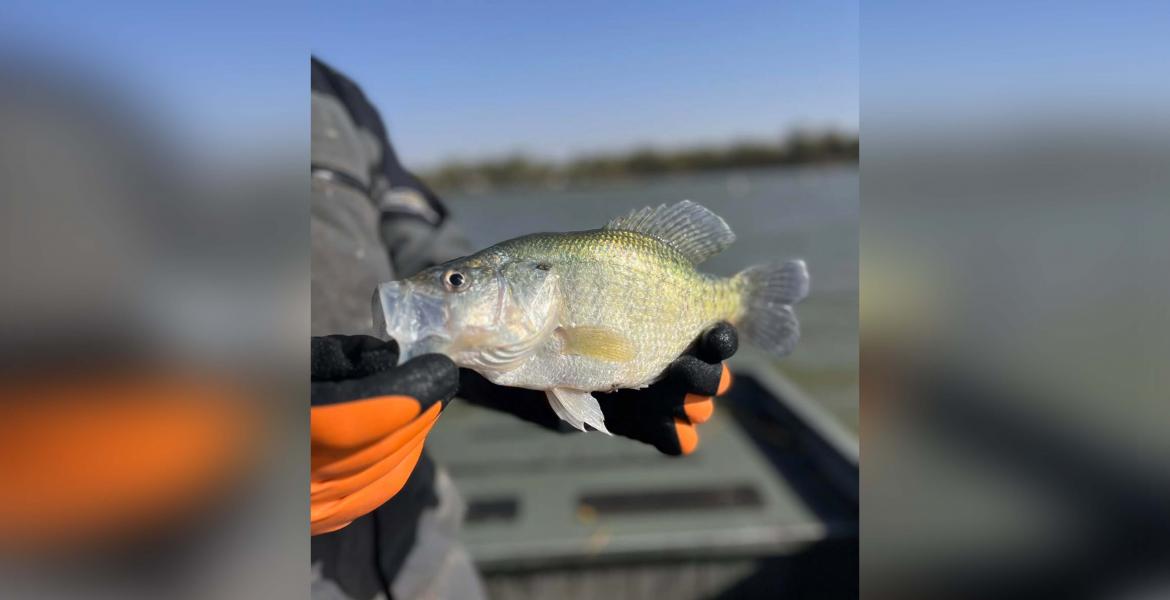WASHINGTON — The U.S. Fish and Wildlife Service is proposing to list two species of freshwater mussels – the Salina mucket and Mexican fawnsfoot - as endangered under the Endangered Species Act (ESA) and proposing to designate critical habitat for each.
The mussels historically ranged throughout the mainstem Rio Grande and select major tributaries in Texas and Mexico, but today have been reduced to single populations that occupy only a fraction of this area.
“In making this proposed listing determination, the Service carefully assessed the status of the Rio Grande mussels, including the past, present and future threats that they face,” said Amy Lueders, the Service’s Southwest Regional Director. “Because the single existing populations of both species have low abundance, limited recruitment, and no ability to disperse into new areas, they are extremely vulnerable to extinction.”
After examining the best available scientific information available for the two freshwater mussels, the Service determined that both mussel species meet the definition of endangered under the ESA. The primary factors that influence the species’ viability include accretion of fine sediments, the loss of flowing water, and impairment of water quality.
The Salina mucket historically occurred in the Texas portion of the Rio Grande drainage in the United States and Mexico, but today can only be found in the Lower Canyons and Martin Canyon portions of the Rio Grande just downstream of Big Bend National Park. The Service is proposing to designate approximately 199.5 river miles of critical habitat for this species in Brewster, Terrell, and Val Verde counties, Texas.
The Mexican fawnsfoot historically occurred in the Rio Grande from the confluence of the Pecos River downstream to just below the current location of Falcon Dam, but today can only be found from Eagle Pass, Texas downstream to San Ygnacio, Texas. The Service is proposing to designate approximately 185.7 river miles of critical habitat for this species in Maverick, Webb, and Zapata counties, Texas.
Critical habitat identifies geographic areas that contain the physical or biological features essential to the species’ conservation. The designation requires federal agencies to consult with the Service on any actions that may affect critical habitat. It does not affect land ownership and imposes no requirements on state or private actions on state or private lands where no federal funding, permits, or approvals are required.
Plants and animals such as mussels are a critical part of healthy, functioning ecosystems. Sensitive to pollution, native mussels are indicators of broader stream health – vibrant mussel populations typically reflect a healthy stream. In addition to being indicators of stream health, mussels clean water as they feed, filtering their food from the water column, and with it, sediment, algae and other constituents, which benefits people and wildlife.
Of the approximately 300 species of freshwater mussels occurring in North America, over 70% are considered endangered, threatened, or of special concern due to the loss, fragmentation and degradation of freshwater streams and rivers.
The ESA is extraordinarily effective at preventing species from going extinct and has inspired action to conserve at-risk species and their habitat before they need to be listed as threatened or endangered. Since it was signed into law in 1973, more than 99 percent of all species listed under the law are still with us today.
We encourage the public, academia, federal and state agencies, tribes, industry and other stakeholders to review the proposal and provide comments during a 60-day public comment period, which begins when the rule and supporting documents are published in the Federal Register.
The proposed listing and critical habitat will publish in the Federal Register on July 25, 2023 and public comments will be accepted until September 25, 2023.
A final decision to list or withdraw the proposal is typically made within a year after the proposal is published in the Federal Register.
Frequently asked questions and the news release can be found HERE.
Subscribe to the LIVE! Daily
Required






Post a comment to this article here: